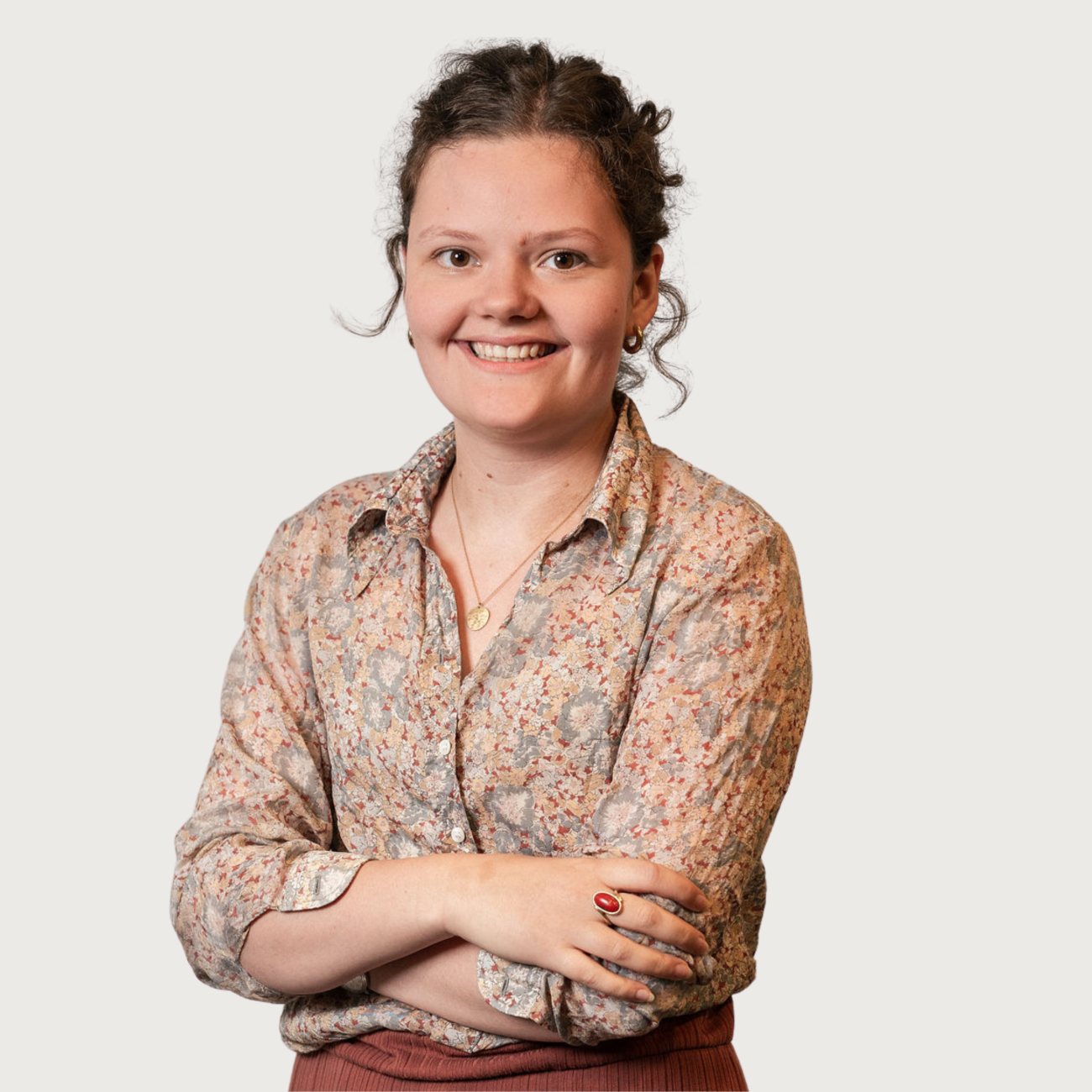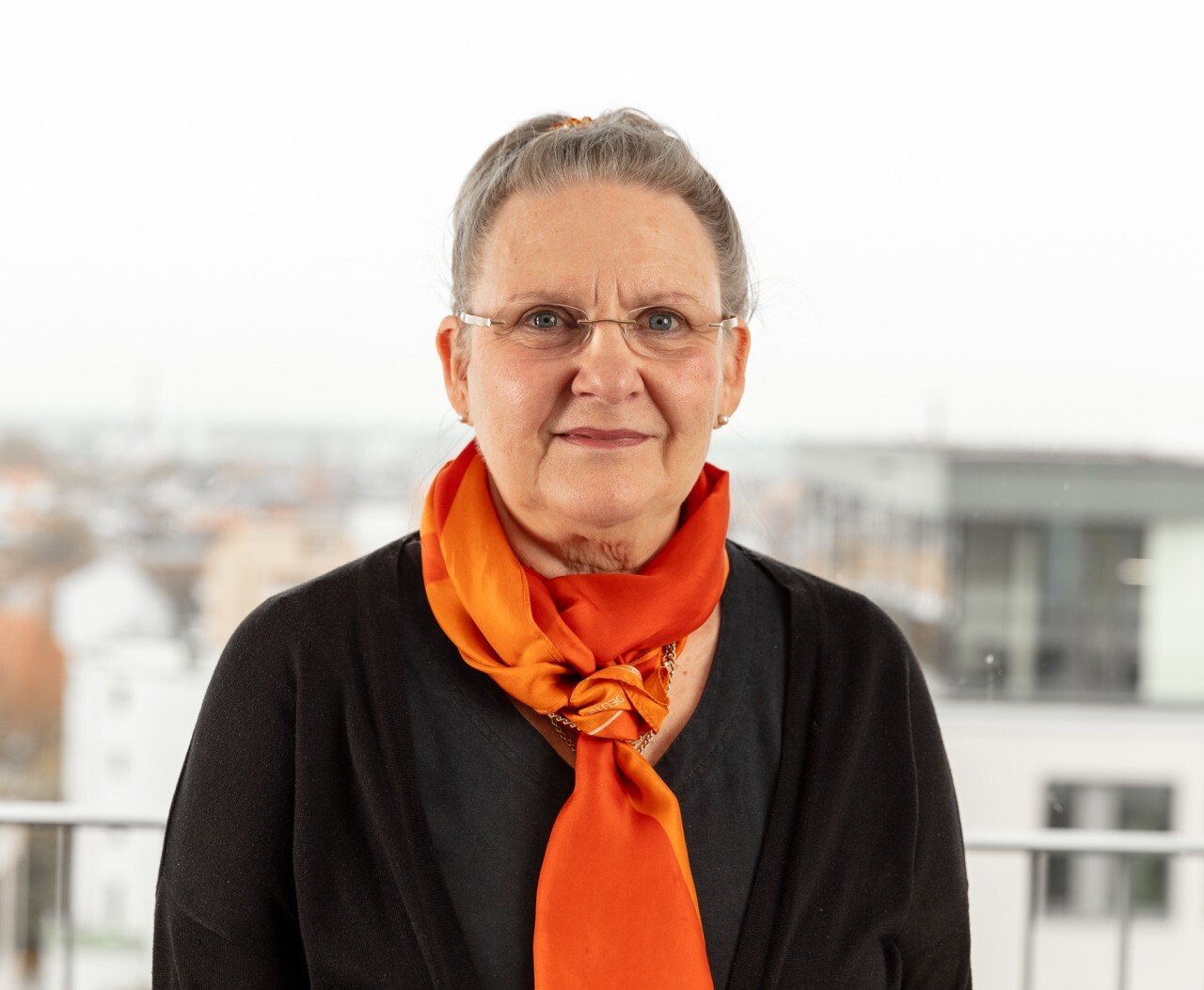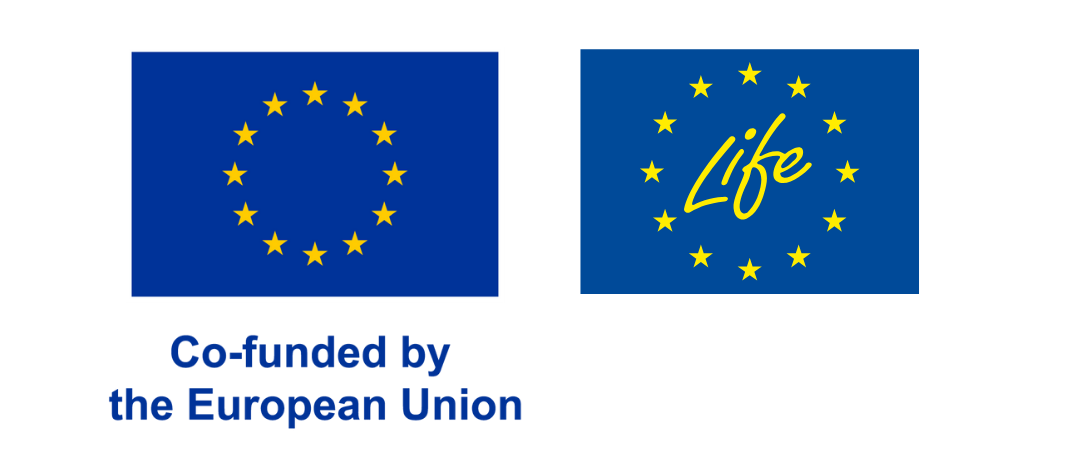
A blog post by Clara Schlösser, Policy Implementation Officer- HCWH Europe.
Polyvinyl chloride (PVC) is one of the most common types of plastics in healthcare and is a hazardous material that has been under scrutiny for over 20 years. After years of inaction, the EU added PVC and its additives to the Restriction Roadmap in 2022, a list of hazardous substances proposed for regulation. As highlighted in a recent letter from several NGOs to the European Commission, urging immediate action to restrict PVC and its additives under the Registration, Evaluation, Authorisation and Restriction of Chemicals (REACH) Regulation, the ball is now in the Commission’s court. Following the European Chemicals Agency’s (ECHA) evaluation, the question arises: when can we expect concrete regulatory action?
How the Healthcare sector got hooked on PVC
PVC has dominated the landscape of healthcare plastics since the 1950s, and its rise to prominence wasn’t accidental. PVC is cheap, adaptable, and can be engineered into countless shapes and forms, rigid or flexible, strong or soft. This versatility made it the material of choice not only for wastewater pipes, shower curtains, and children's inflatable toys but also for blood bags, intravenous (IV) tubing, and a wide range of other medical devices. However, like many plastics, PVC has a hidden dark side that often goes unmentioned.
The whole life cycle of PVC is problematic, from extraction to disposal. During its production, per- and polyfluoroalkyl substances (PFAS), so-called “forever chemicals”, are used, and the manufacturing exposes nearby populations to polluted air and water, greater cancer risk, and the danger of chemical leaks. Beyond production, the material itself also poses challenges. In its purest form, PVC is a stiff and brittle polymer, and to make it suitable for medical applications, it requires sometimes up to 80 per cent by weight of additives: plasticisers (most commonly phthalates), flame retardants, stabilisers, and other performance-enhancing chemicals. These additives are not chemically bonded to the PVC matrix; instead, they are physically mixed in. As a result, they can - and do - leach out over time.
A hazard to human health
This issue is particularly pressing in clinical settings. Among the many chemical additives used in PVC, phthalates, especially DEHP (di(2-ethylhexyl) phthalate), are the most thoroughly researched. DEHP has been banned in most consumer products across the EU due to its toxicity, but some healthcare applications have long benefited from exemptions. These have repeatedly been extended for critical applications such as blood bags and tubing.
The problem, however, is structural: PVC, by its very nature, depends on plasticisers like phthalates to deliver the flexibility required in medical applications. Simply swapping one phthalate, such as DEHP, for another like DINP (diisononyl phthalate) does not eliminate the fundamental risks. A truly precautionary, health-protective approach means phasing out PVC altogether.
Phthalates are known endocrine disruptors. They have been linked to a range of health risks, including reproductive toxicity, developmental harm in infants, and even potential carcinogenicity, as highlighted in a 2020 report by the Endocrine Society and IPEN. Alarmingly, the highest exposure often occurs during procedures like dialysis, blood transfusions, and intensive neonatal care, precisely when patients are at their most vulnerable.
In a discussion with Dr. Gudrun Günther, a senior physician for paediatric intensive care medicine at the Darmstädter Kinderkliniken Prinzessin Margaret, a specialist children’s hospital and one of our partner clinics in the PVC-free healthcare project, she put it succinctly:
Image
“My patients are children or newborns. As their organs are still adapting to the environment, they are much more susceptible to all kinds of pollutants. That's why I don't want to have to worry about endangering my patients during treatment. For me, it's absolutely crucial to know that the material is safe.”
(Translated from German)
Her words are a reminder that trust in medical products must be a given, not a gamble, especially when caring for those who can’t protect themselves.
‘‘We can only buy what’s on the market’ – the structural challenge for healthcare buyers
Despite growing awareness and dedicated efforts, the transition away from PVC in healthcare remains sluggish. Two key structural barriers continue to impede progress: economic constraints and a lack of transparency.
Economically, PVC is still the cheapest material on the market. In a healthcare system where procurement budgets are under constant pressure and tenders often prioritise cost over environmental and health criteria, safer alternatives struggle to gain traction.
In conversations with the procurement team at one of our partner hospitals, the Darmstädter Kinderkliniken Prinzessin Margaret, this dilemma was clearly outlined. There is a strong commitment to providing staff and patients with the safest materials possible, and a genuine interest in phasing out PVC. However, procurement decisions are ultimately driven by what is both available and affordable. Without scalable, non-toxic alternatives from manufacturers, purchasing departments face a lack of viable options.
This points to a deeper systemic issue: sustainable procurement is largely shaped (and limited) by the market. The dominance of PVC, reinforced by decades of established production and low pricing, continues to define what is accessible to buyers.
Transparency is another critical barrier. Manufacturers are not currently required to disclose the primary materials used in their products. As a result, procurement teams often lack the necessary data to identify which devices contain PVC, making informed, sustainability-oriented purchasing decisions nearly impossible.
The cost advantage of PVC is not inevitable. If PVC were restricted, it would create strong regulatory incentives for the medical technology sector to develop and commercialise the already existing safer alternatives.
Projects like Acorn Blood are researching safer alternatives to blood bags, a notoriously difficult-to-replace application that currently relies on PVC. A decisive legislative signal would help channel the necessary investment to bring these alternatives to scale. During the phase-out, clear labelling requirements and increased support for the production of non-toxic materials could accelerate market readiness and reduce costs through economies of scale.
This need for systemic change is echoed by Dr. Günther:
“As a healthcare professional, I trust that the purchasing department ensures that the materials we use are safe, and the purchasing department, in turn, trusts that the authorities and manufacturers are taking the correct measures. It should not be the responsibility of users to check for themselves what each individual product is made of. That is why evidence-based regulatory action is so important: hospitals need clear standards and transparency in order to make informed, patient-safe and sustainability-oriented decisions.”
(Translated from German)
Her words underscore a crucial point: the responsibility for safe and sustainable materials should not fall on individual clinicians or procurers. Without systemic regulation and market transformation, the transition to PVC-free healthcare will remain out of reach.
What Is Now Needed from the EU to Make a Safe and PVC-Free Future a Reality
PVC’s widespread use in healthcare stems not from safety or sustainability, but from decades of cheap production, regulatory delays, and market inertia. However, momentum is shifting. In 2022, PVC and its additives were added to the EU Restrictions Roadmap under the Chemicals Strategy for Sustainability (CSS), making them candidates for group restriction under REACH. Since then, ECHA’s in-depth investigation has highlighted the hazards posed by PVC additives. Taken together with its troubled overall lifecycle, there are sufficient grounds to restrict PVC as a whole.
Despite this, progress at the EU level remains slow. The debate should no longer focus on whether PVC should be restricted, but on how and when. Following ECHA’s evaluations, it is now the European Commission’s responsibility to act on the findings and formally mandate ECHA to initiate a comprehensive restriction process.
Critical next steps for the Commission:
- Issue a formal mandate to ECHA to begin the restriction process for PVC and its additives under the REACH regulation without delay.
- Ensure the scope of the restriction is broad and forward-looking, targeting not just additives but also PVC as a polymer, especially in high-exposure sectors such as healthcare.
- Mandate full material disclosure for all medical devices, including the main material composition and polymer type, as a prerequisite for market access. This is essential to enable procurement teams to identify PVC-free alternatives and avoid regrettable substitutions while meeting institutional sustainability goals.
- Reject any attempts to delay or weaken the ambition of the restriction, which would prolong harmful exposures and undermine trust in medical products.
Time to let go of PVC
Healthcare’s mission is to heal and protect, not only the patients within hospital walls, but also the workers who make care possible and the broader environment on which we all depend. Continuing to rely on a material whose entire lifecycle is riddled with toxicity undermines this mission.
We are at a critical juncture. The science is clear, alternatives exist, and the political mandate has been established under the EU Green Deal and Chemicals Strategy for Sustainability. Now is the time to deliver on that promise and make a PVC-free medical sector not just a possibility but a policy reality.
Learn more about PVC

This project is funded by UBA/BMUV (German Federal Environment Agency, and the German Federal Ministry for the Environment, Nature Conservation, Nuclear Safety and Consumer Protection, BMUV). The funds are made available by resolution of the German Bundestag. The publisher is responsible for the content of this publication.
